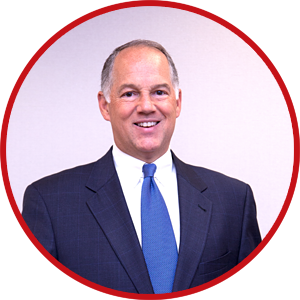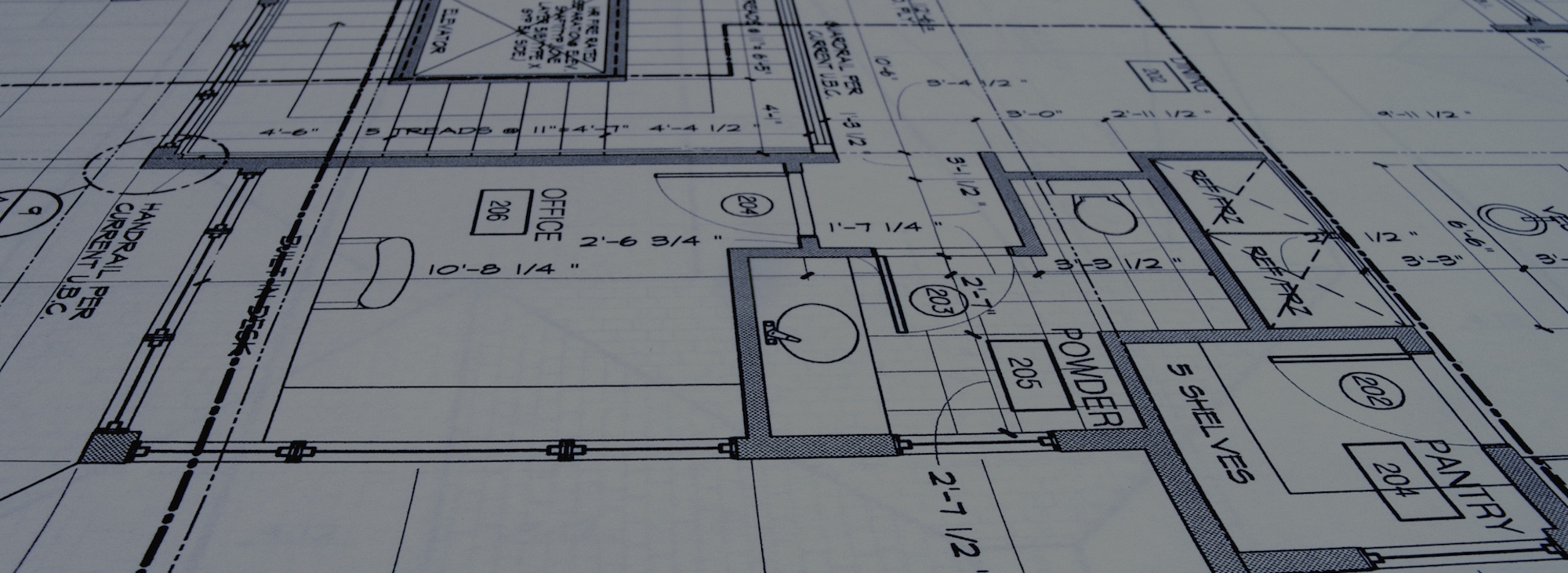Memorial Day Weekend is the greatest weekend for racing fans. It starts with the Formula One Monaco Grand Prix … and then there is the Indy 500 … and the day culminates with the NASCAR Coca Cola 600.
In all three races, Pit Stops played a pivotal role in the outcome.
Likewise, offsite meetings play a pivotal role in the outcome of your company.
Companies have offsite meetings to focus on strategic issues. The goal is to generate new thinking, but they often fall short. The company ends up off-course, off-track, and often a bit demoralized.
There is a better way.
The SHIFTPOINTS Pit Stop Program® is a comprehensive offsite solution.
First, we leverage deep expertise in strategy development, organizational alignment, and performance management to lead the process. Therefore, we operate as a strategic catalyst, not just a timekeeper and scribe.
Second, we leverage extensive SHIFTPOINTS resources, such as our Drive One Direction® methodology and The Acceleration Index®, to customize the meeting agenda and focus energy on the most critical issue or opportunity.
Your organization will leave The Pit Stop meeting strategically aligned and intensely focused.
Refueled and recharged. Ready to win the race.
Organizations have used The Pit Stop Program as a catalyst for strategic transformation. Our best clients have quadrupled in size. Several have doubled. Two have won Best Place to Work awards. One is in the Inc. 5000 Hall of Fame.
SHIFTPOINTS® works with organizations of all types and sizes – from construction companies to churches, Fortune 500s to startups.
You can learn more about The Pit Stop Program here: https://www.shiftpoints.com/the-pit-stop-program.



 Companies operate in many ways. Some are highly centralized, others are highly decentralized.
Companies operate in many ways. Some are highly centralized, others are highly decentralized.